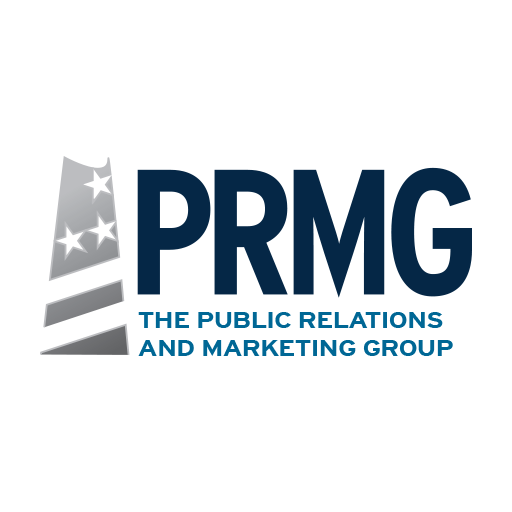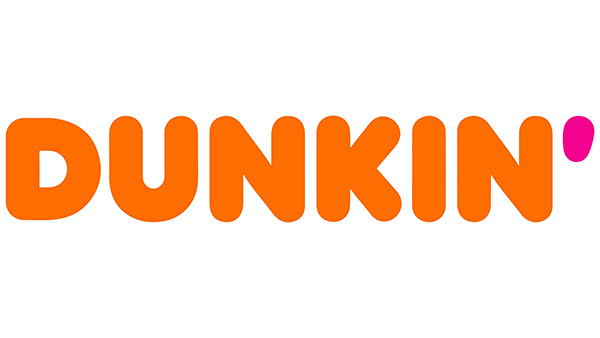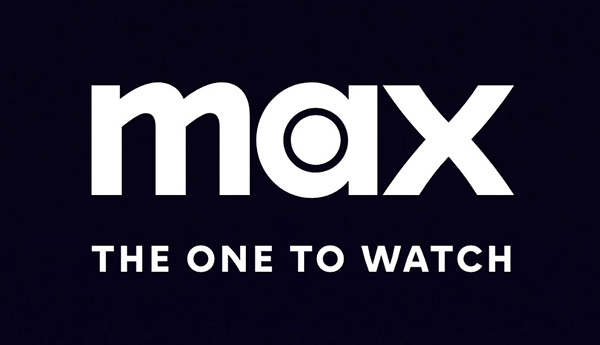Web Site Navigation Scheme Links
Your navigation scheme should include a form to sign up for your e-newsletter and free available downloads, or requests for a free report, analysis or consultation. Your pages with regular updates should also include an RSS subscription so that visitors will receive updates either by e-mail or in the RSS feeder when you update your site without having to come back and visit again. RSS feeds, which can include Twitter posts, are another way to regularly update your site.
On-Page Optimization and Keywords
Now that you have your pages chosen, the next step is to develop your content for these pages. As you lay out the content of your pages, be sure to write from the buyer’s perspective and to keep on-page optimization in mind. An important part of this is to use your keywords in the text, photos, video, etc. of the page and to repeat these, without forcing or stuffing the page. Here’s a list of important optimization considerations:
Working with Domains
- Pick a domain name that has potential keywords in it.
-
Choose to pre-pay your domain for a few years in advance. Genuine sites plan on staying around for a while.
-
If you’re using a shared server, you may want to do a blacklist check. If you have spammers on your server, you share the same IP address with them and so you may be considered a spammer.
-
There are multiple ways to reach your home page; make sure your site is set up to redirect the other ways. For example, yourcompany.com, www.yourcompany.com, yourcompany.com/index.html, www.yourcompany.com/index.html all should redirect to the one you pick. Google considers these to be four separate pages, instead of one.
-
Name your Web pages using keywords, for example, www.yourcompany.com/keyword1-keyword2.html.
-
Never block your domain registration information using a privacy feature. Doing so may cause search engines to consider you a spammer for your anonymity.
Use Proper Programming
-
Use the words “image” or “picture” in your photo alt descriptions and captions. A lot of searches are for a keyword plus one of those words.
-
Make sure you have at least one text-based navigation link to make it easy for search engines to find the other pages of your site. Search engines have trouble following links using JavaScript-based images. These alternate text-based navigations are usually found at the bottom of a site.
-
Stay away from developing websites with Frames because you cannot link to a specific page of the site. Use Flash and Ajax minimally. Search engines cannot read anything inside Flash and cannot see inside the Frames.
-
If you MUST have a splash page with Flash or something of the sort, you also MUST place content and link text below it.
-
If you aren’t too slick with CSS, putting your menu on the right-hand side will ensure spiders will crawl your main content first (after ). Spiders read sites top to bottom, left to right.
-
Get rid of code bloat. JavaScript and CSS code should be moved to separate external files.
-
Make a dynamic XML sitemap to submit to search engines.
-
You should have a customized error page. If a potential customer finds a broken link, they can be supplied with links back to the site.
-
You should have a robots.txt file which is used to restrict search engines from reaching certain parts of your site. It also tells search engines where your dynamic XML sitemap is located.
Displaying Your Content
-
Keep your content text-based as much as possible. Search engines cannot read text that is embedded in an image. If you use images, make sure you assign an alt tag and title tag to each image. An alt tag is seen when the image cannot be displayed. It is also used by the visually impaired.
-
Keep your content changing and fresh. Outdated content will rank lower than more recent content.
-
If your site’s content does not change often, then your site needs a blog. Once you have a blog, it’s important TO BLOG ON IT or you will receive little to no results. Crawlers crawl for content; if your site’s content doesn’t change, the crawler will come back less and less often. Three blogs entries a week is proficient.
-
You should have a good content-to-code ratio. This means, even though you enjoy spinning images, with cool effects, and flashy junk, your content-to-code ratio is poor. A blank white page with optimal content will always do better than code-stuffed junk pages.
-
If you are writing a substantial article, then you are most likely dealing with sub-topics. These sub-topics should be split in to separate pages with their own optimizations.
-
Put high-quality outbound links related to your Web site. This doesn’t mean you should link to your competitor; it means you should link to a site that is within the realm of what your site is about and use the keywords considered by Google for that site. This shows users that you are in good faith and not a spammer. A higher ranking will give you more traffic than outbound links. People leave when they haven’t found what they’re looking for; chances are you’d have lost them anyway.
Using Keywords
-
Pick relevant keywords that potential customers may search for. Try to stay away from very popular keywords. The more competition for a keyword, the harder it is to rank high with it. Try narrowing your keyword phrases by adding a location or town.
-
Use keyword phrases in the content on your pages and in the headings. Repeat keywords throughout the content making some bold or italicized – this tells search engines that these words are more important. Make sure each page has a good amount of content – search engines love a lot of text.
-
Don’t try to cram keywords and pull a fast one on a search engine spider. Programmers are constantly rewriting code to find people who try to abuse the spider, and they will find you eventually. So basically, BE LEGITIMATE – write content for a reader and NOT a spider.
-
Use keyword phrases in the title of each Web page. Each page should have a unique title. Don’t list your company name in your title – most potential customers won’t be searching for you specifically. The words towards the beginning of the title should be the most important.
-
Use the keyword and description meta tags in your site. Each page should have unique keywords and descriptions.
-
It is always best to use keywords in anchor text (links). “SEO tips” is always a better anchor text than “Click here.” Crawlers also consider the surrounding text nearest to the anchor.
-
Give each page a focus on a single keyword phrase. Don’t try to optimize the page for several keywords at once.
-
Rather than repeating the same keyword over and over again, it is best to use the keyword’s synonyms. This keeps your content more interesting for readers, and Google won’t think you’re a keyword abuser.
-
The best places for juicy keywords is the beginning and end of your page. Sometimes that’s not where it “looks” best to viewers; in such cases, it’s optimal to use CSS to place your keywords at the top of the source and not change the visual layout.
“Blackhat” Methods
Avoid using these methods to prevent blacklisting by Google and other search engines:
-
Having duplicate websites.
-
Auto-generated content.
-
Repeating the keyword in your content too often.
-
Redirecting the home page.
-
Using small pixel text or hidden text on your pages. For example, white text on white background.
-
Submitting your site to a “link farm.”
-
Cloaking: this means displaying a different version of your web site, depending on the IP address of those accessing it.
-
Registering many domains and interlinking them all.


